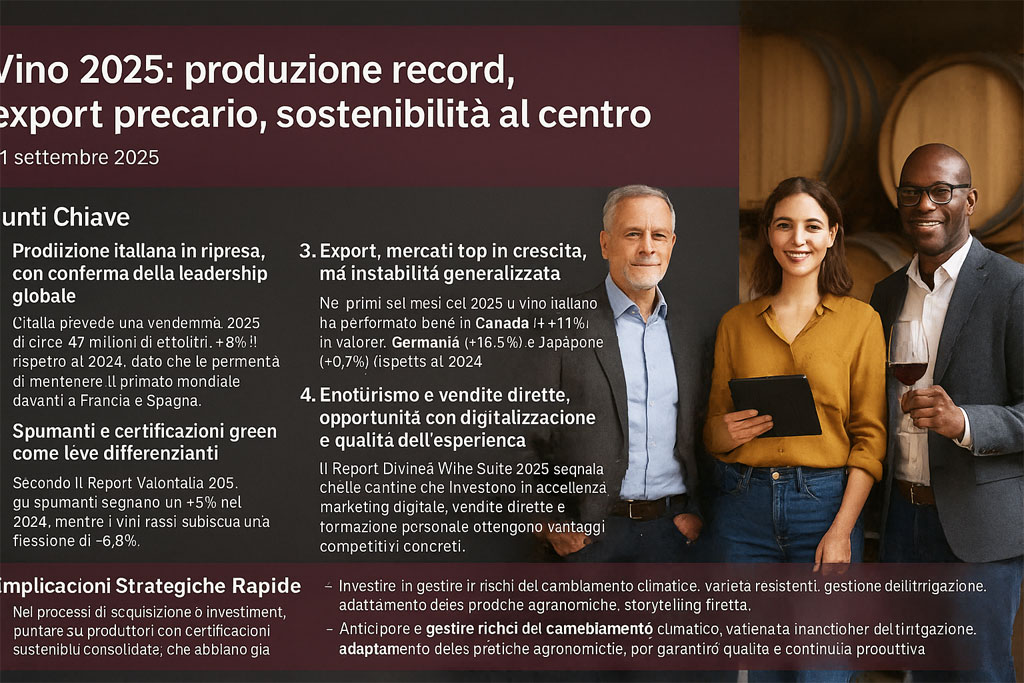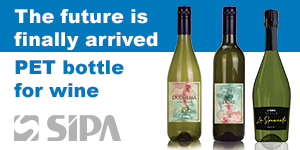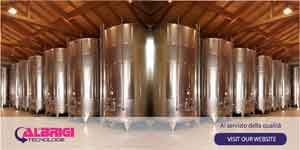“Wine 2025: Record Production, Unstable Exports, and Sustainability at the Center”.
- Key Points
- Italian production recovers, confirming its global leadership. Italy expects a 2025 harvest of approximately 47 million hectoliters , 8% higher than 2024, allowing it to maintain its world leadership ahead of France and Spain. Southern regions such as Puglia and Sicily are driving growth.
- Sparkling wines and green certifications as differentiating levers. According to the Valoritalia 2025 Report, sparkling wines will grow by 5% in 2024, while red wines will decline by 6.8%. Interest in sustainability certifications is growing (among both producers and consumers); they are becoming key factors for accessing premium markets and building perceived value.
- Exports: top markets growing, but widespread instability In the first six months of 2025, Italian wine performed well in Canada (~11% in value), Germany (10.3%) and Japan (0.7%) compared to 2024. However, important markets (United Kingdom, Switzerland, China) are showing declines, often linked to tariffs, changes in consumption or economic pressure on consumers.
- Wine tourism and direct sales: opportunities with digitalization and quality of experience. The Divinea-Wine Suite 2025 Report notes that wineries that invest in hospitality, digital marketing, direct sales, and staff training achieve tangible competitive advantages. Wine tourism, as a cultural and tourism phenomenon, continues to integrate with sustainability, local storytelling, and differentiated experiential offerings.
- Global trends that cannot be ignored: climate change, consumption moderation, technological innovation . Climate change is pushing wineries to develop drought-resistant varieties, regenerative practices, and more efficient water management. Global wine consumption is under pressure: an aging consumer population, new preferences for “light,” low-alcohol, or experiential beverages. Technology and AI are increasingly integrated, not only in production but also in the customer experience (virtual tasting, recommendations, direct management).
Quick Strategic Implications
- When making acquisitions or investing, focus on producers with established sustainable certifications who have already experimented with direct-to-consumer and responsive wine tourism: these tend to maintain or increase value even in unstable markets.
- In southern regions with strong production, enhancing the “territorial brand” combined with consistent quality can be distinctive in foreign markets, especially where sustainability is required.
- Monitor tariffs, trade policies, and currency exchange rates: In many key markets, competitiveness can be eroded by factors beyond your direct control.
- Investing in digitalization not as a “luxury,” but as an operational asset: direct sales, CRM tools, personalized experiences, and storytelling already make a difference.
- Anticipating and managing the risks of climate change: resistant varieties, irrigation management, and adapting agronomic practices to ensure quality and production continuity.





